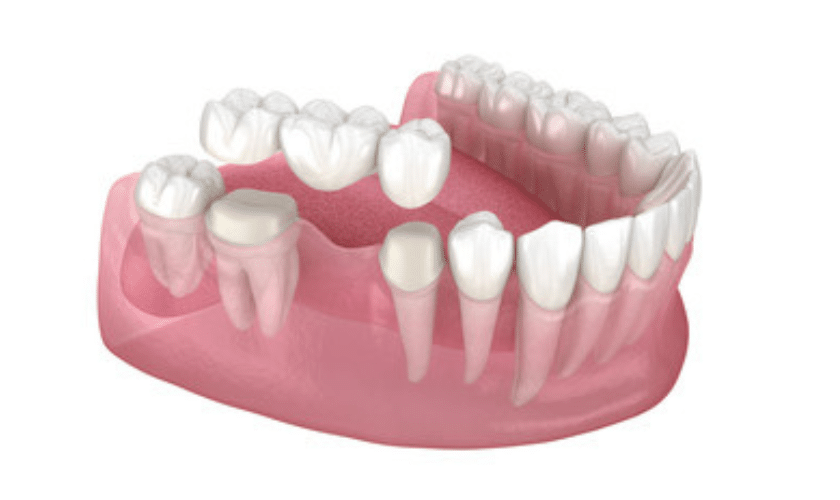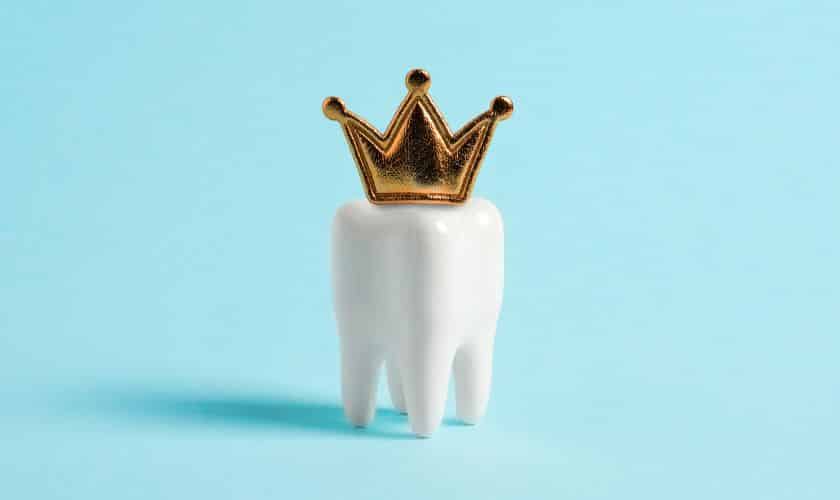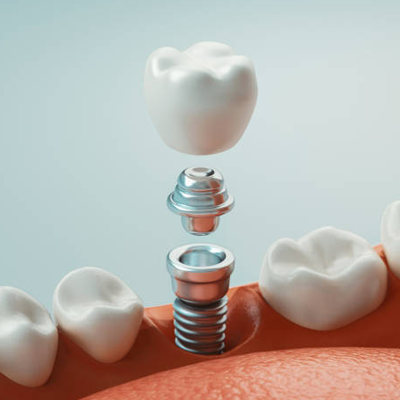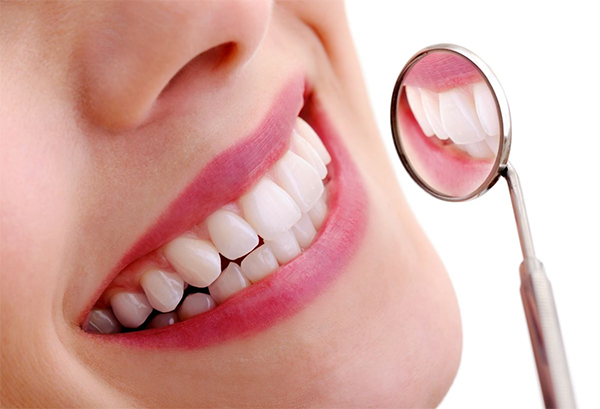
Welcome to our comprehensive guide on essential dental bridge aftercare tips! If you have just had a dental bridge installed or are considering getting one, it’s important to know how to properly care for it. A dental bridge is an investment in your oral health and can last for many years with the right maintenance. In this article, we’ll cover everything from types of bridges to common issues and how to fix them. So sit back, relax, and let’s dive into the world of dental bridges!
What Is A Dental Bridge?
A dental bridge is a prosthetic device that replaces one or more missing teeth. It consists of two crowns placed on either side of the gap left by the missing tooth/teeth, with an artificial tooth/teeth in between.
Bridges are typically made from materials such as porcelain, ceramic, gold, or alloys. They are designed to blend in with your natural teeth and restore your smile’s appearance and functionality.
There are different types of dental bridges available depending on the patient’s specific needs. Traditional bridges involve placing crowns over adjacent teeth to support the false tooth in between them. Cantilever bridges use an adjacent tooth for support when only one side has a gap to fill. Maryland bonded bridges use metal or porcelain wings attached to nearby teeth instead of crowns.
Your dentist will recommend the most suitable type based on factors like your oral health, the location of missing teeth, and budget. A dental bridges procedure can be an effective solution for restoring function and aesthetics after losing one or more teeth if maintained properly through good oral hygiene practices and regular check-ups with your dentist
Types Of Dental Bridges
Dental bridges are a great way to replace missing teeth and restore your smile. There are several types of dental bridges that you can choose from depending on your needs:
1. Traditional Bridges: This is the most common type of dental bridge, made up of two crowns placed over the teeth on either side of the gap with an artificial tooth in between.
2. Cantilever Bridges: Similar to traditional bridges, they only have one crown and are used when there’s only one natural tooth next to the gap.
3. Maryland Bridges: Also known as resin-bonded bridges, these use metal or porcelain wings bonded to existing teeth instead of crowns for support.
4. Implant-Supported Bridges: These require surgery to place implants in your jawbone before attaching the bridge for added stability.
Each type has its benefits and drawbacks, so it’s important to discuss with your dentist which option is best suited for you based on factors like cost, location in the mouth, and overall oral health status.
How To Care For A Dental Bridge After It’s Installed
After getting your dental bridge installed, it is important to take proper care of it to ensure its longevity and maintain oral hygiene. Here are some essential tips on how you can take care of your dental bridge after installation.
Firstly, brushing your teeth twice a day with fluoride toothpaste is crucial in keeping your dental bridge clean and free from any plaque buildup. It is also recommended to use an interdental brush or floss regularly to clean the spaces between the teeth and under the false tooth.
Secondly, avoid chewing hard foods such as ice cubes or popcorn kernels that could potentially damage the dental bridge. Also, refrain from biting down on anything with excessive force as this can cause stress on the artificial teeth leading them to crack or become loose.
Thirdly, maintaining regular visits with your dentist for check-ups and professional cleaning will help detect any issues early on before they worsen. Your dentist may also recommend using special mouthwash formulated specifically for oral bridges.
If you notice any discomfort or looseness in your dental bridge, schedule an appointment with your dentist immediately rather than waiting until further damage occurs. Following these simple yet effective steps will ensure a healthy and long-lasting smile!
How To Take Care Of A Dental Bridge If It Needs Repairs
If your dental bridge needs repairs, it’s important to take care of it as soon as possible. The first step is to contact your dentist and schedule an appointment. In the meantime, there are some things you can do at home to ensure the best possible outcome.
One of the most important tips for taking care of a damaged dental bridge is to avoid eating hard or sticky foods that could further damage it. Stick with soft foods like mashed potatoes, soup, and smoothies until you can get in to see your dentist.
Another way to take care of a damaged dental bridge is to be gentle when brushing around the affected area. Use a soft-bristled toothbrush and be careful not to put too much pressure on the bridge itself.
If your dental bridge has become loose or has fallen out completely, don’t try to fix it yourself. Instead, keep it clean by rinsing it with warm salt water and bringing it with you when you go in for your repair appointment.
Remember that prompt attention from a qualified dentist is crucial when dealing with any issues related to your dental bridge. By following these tips and seeking professional help as soon as possible, you can ensure that your smile stays healthy and beautiful for years to come!
When To Replace A Dental Bridge
A dental bridge is a long-lasting solution to replace missing teeth. However, just like any other dental restoration, it may need replacement over time. The lifespan of a dental bridge depends on various factors such as oral hygiene, diet habits, and regular check-ups with your dentist. Here are some signs that indicate when to replace a dental bridge.
Firstly, if you notice any damage or wear and tear on your existing bridge such as cracks or chips in the porcelain material, it could mean that the restoration needs replacement. These issues can cause discomfort and affect the functionality of the bridge.
Secondly, if you experience pain around the area where the dental bridge is attached or notice swelling in your gums, it’s important to have it checked by your dentist immediately. These symptoms could be an indication of an infection underneath the crown which requires prompt attention.
If you have had your current dental bridge for more than 10 years or longer without proper maintenance and care by visiting a dentist every six months for examinations and cleanings then it’s likely time to consider replacing them entirely with new ones.
In conclusion when considering whether to replace a dental bridge always consult with an experienced dentist who will evaluate its condition thoroughly before making any recommendations about its treatment options moving forward based on their findings from x-rays taken during this evaluation process
Finishing Off
Taking care of your dental bridge is crucial for maintaining good oral hygiene and preventing further damage or complications. By following these essential aftercare tips, you can ensure that your dental bridge lasts for many years to come.
Remember to brush twice a day with fluoride toothpaste, floss daily, avoid hard or sticky foods, and schedule regular check-ups with your dentist. If any issues arise with your dental bridge, seek professional help immediately to prevent further damage.
By prioritizing the health of your teeth and gums through proper dental bridge maintenance practices, you can enjoy all the benefits of a complete smile for years to come!









